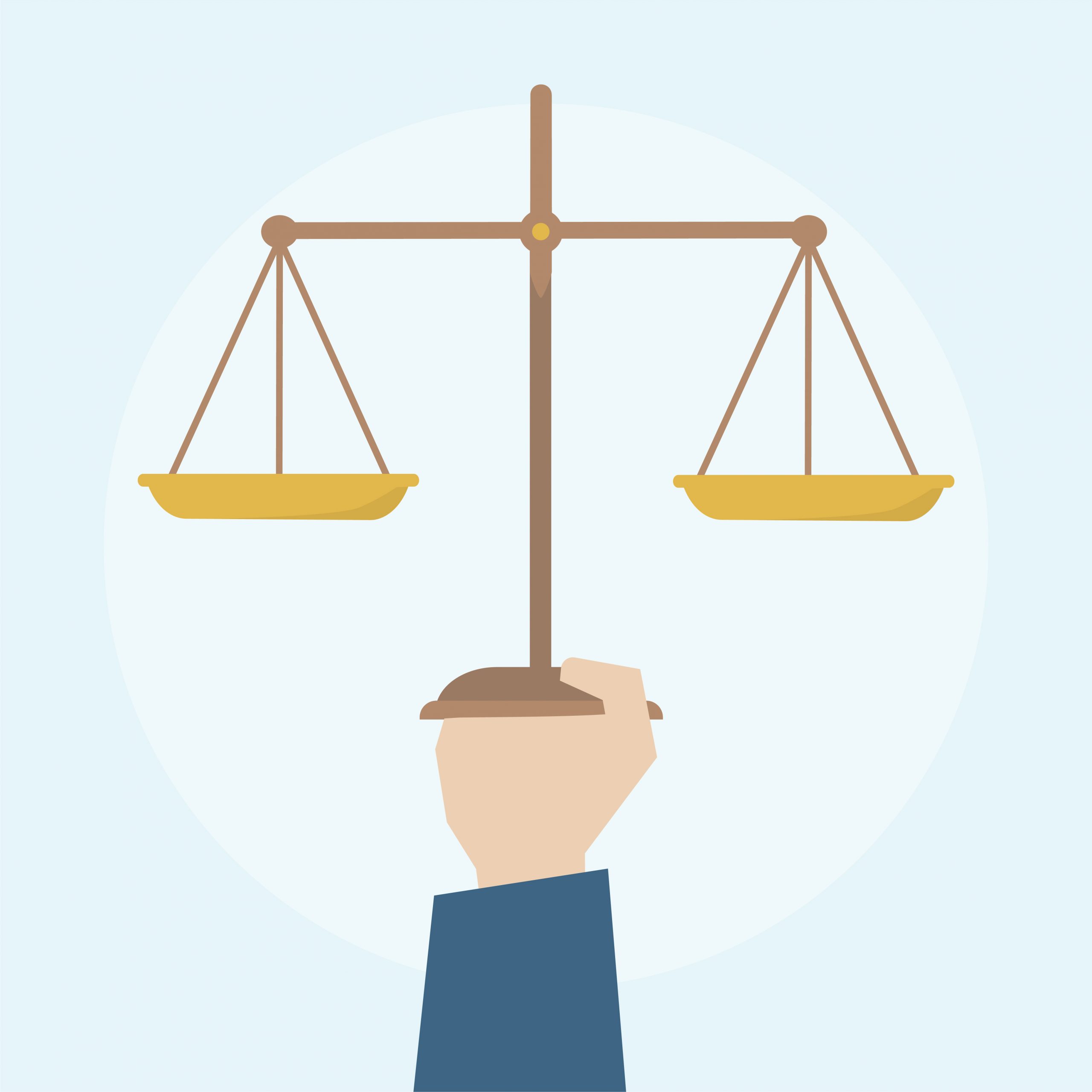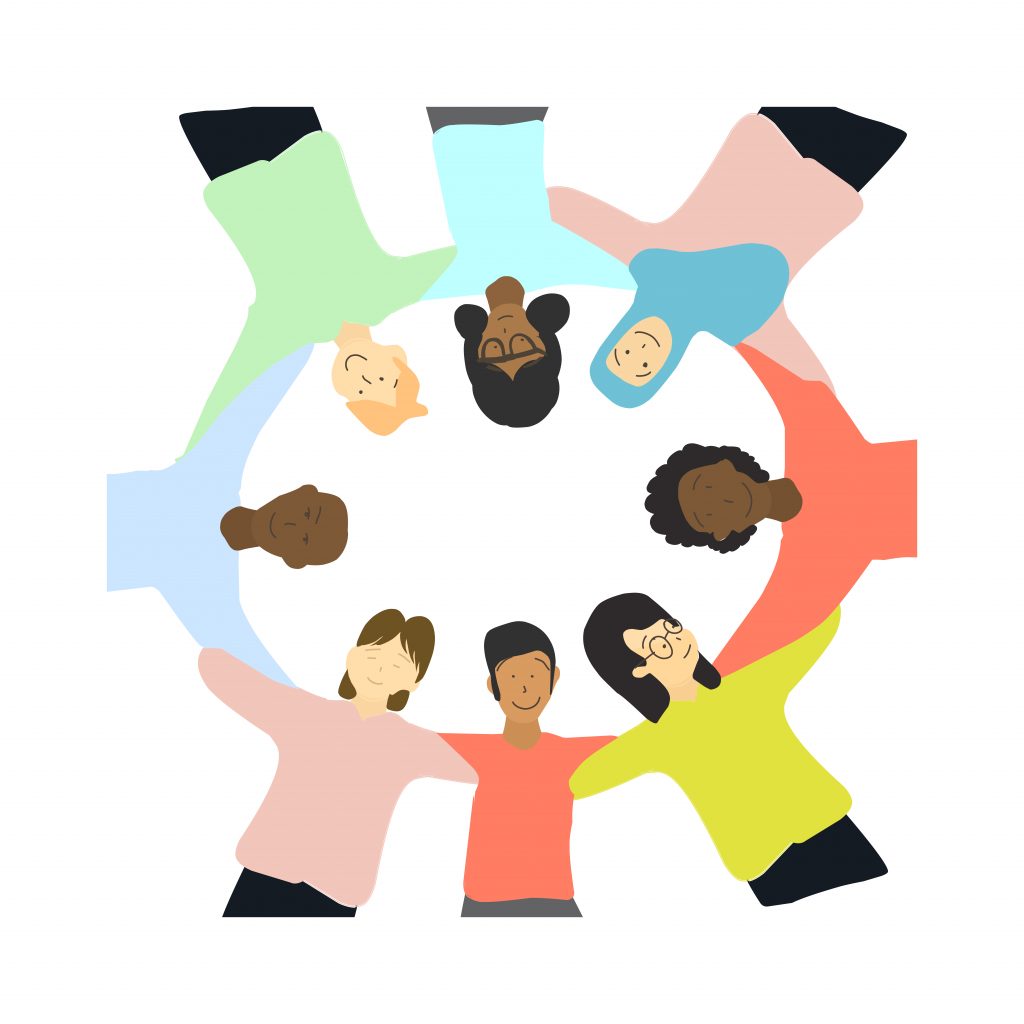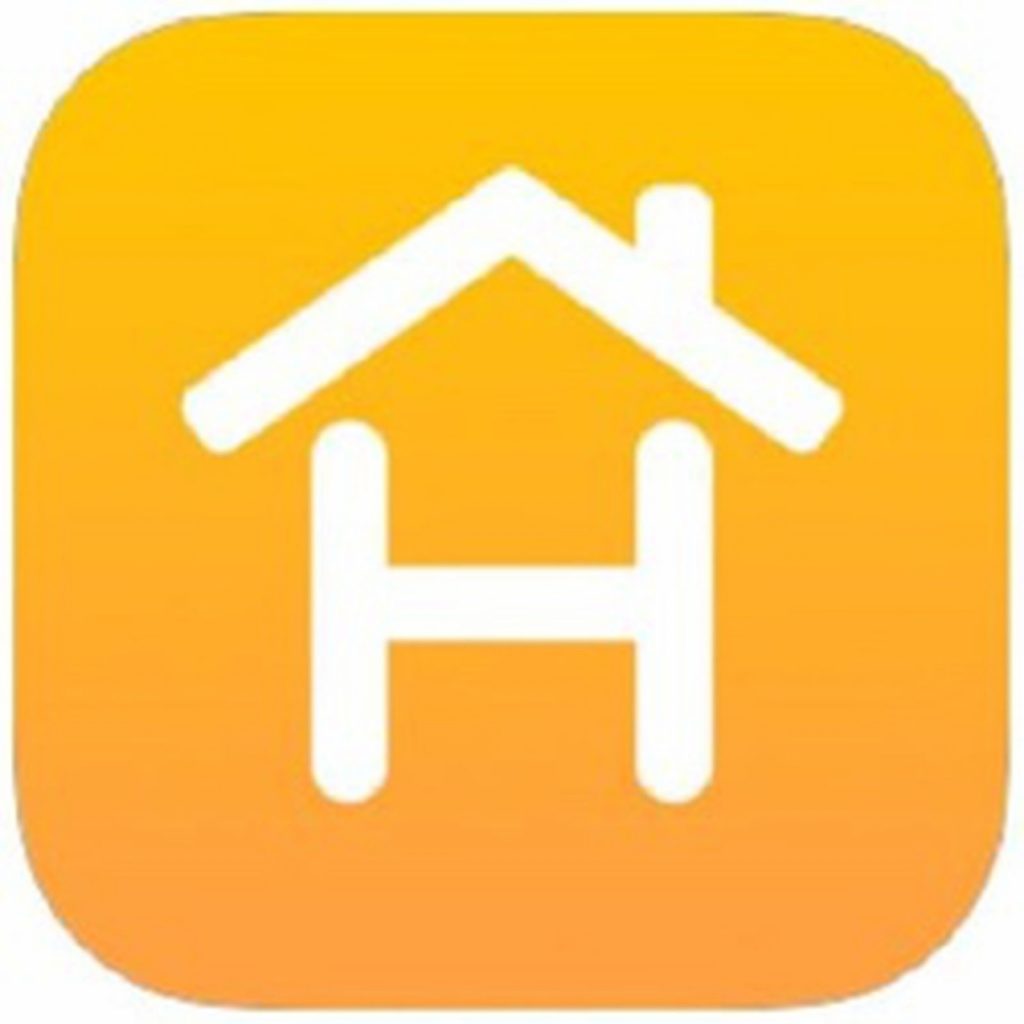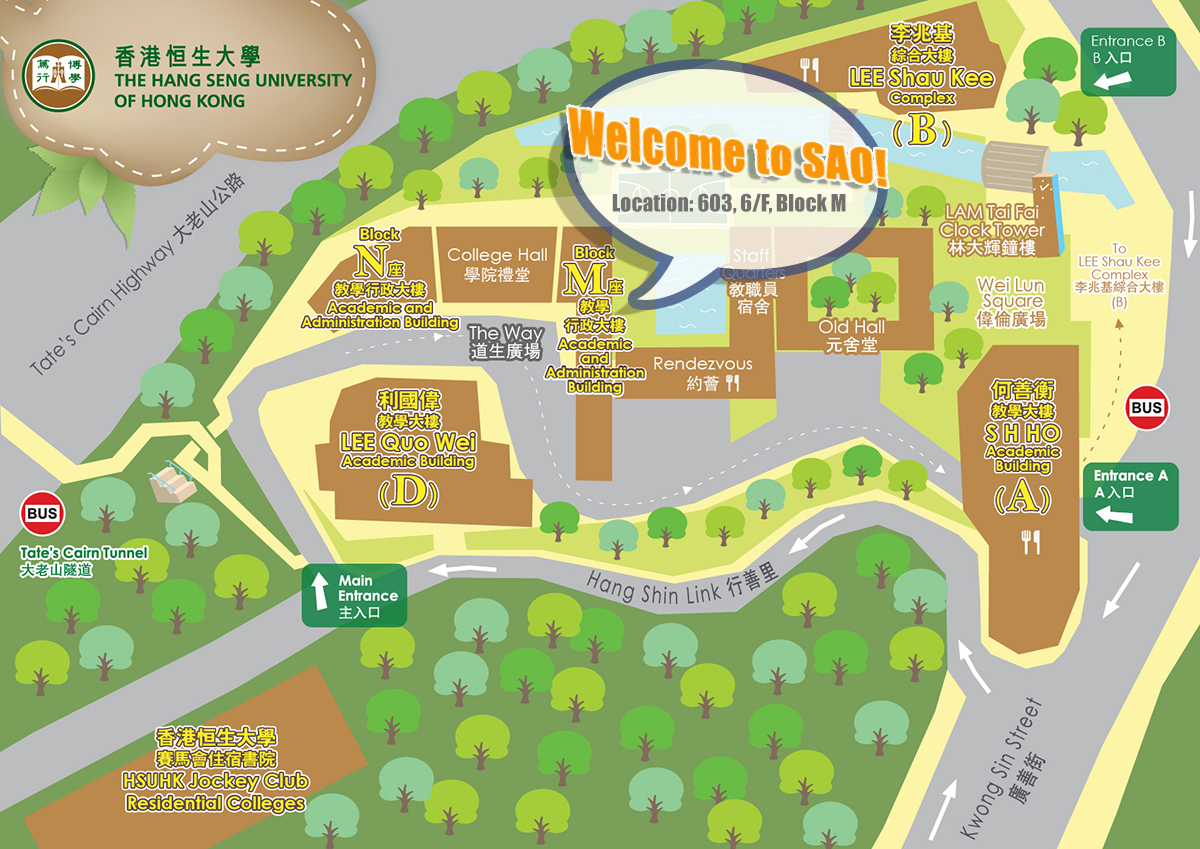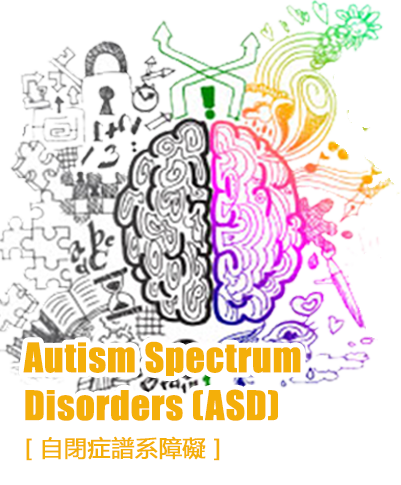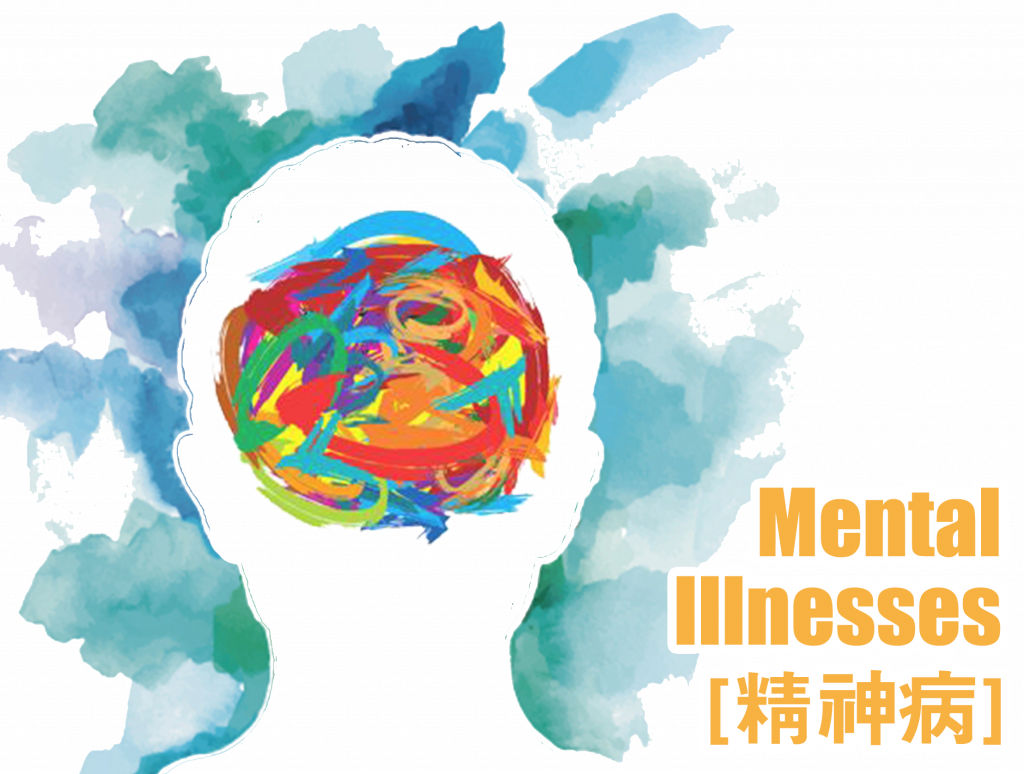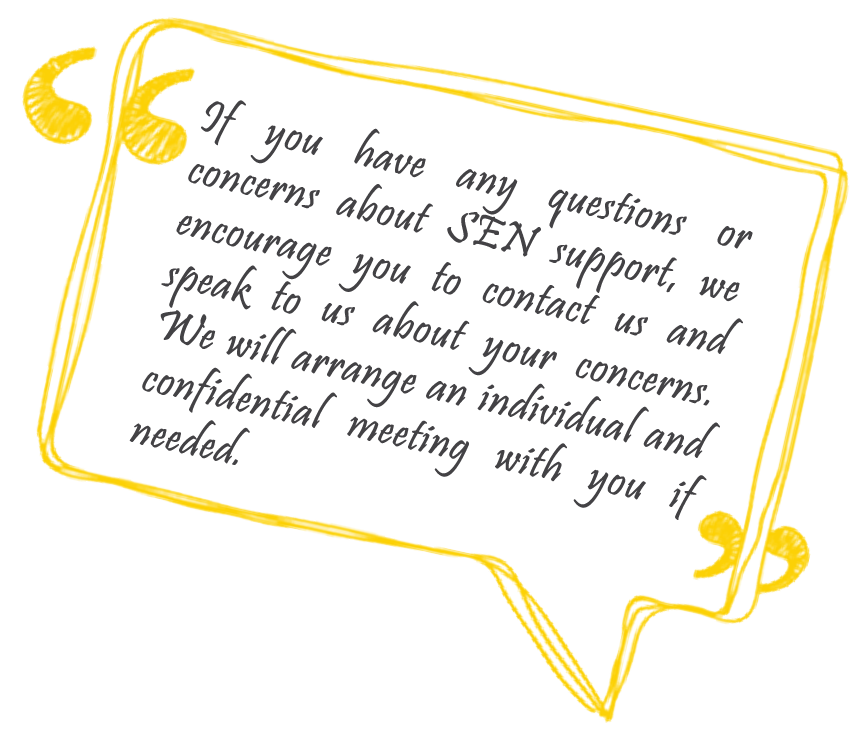
Our University encourages students and peers, teachers and academic staff, parents and the public to recognize, accept and respect students with individual differences and special educational needs. We can learn more about different kinds of disabilities by distinguishing three types of categories:
Type I: Communication, Physical and Sensory Disabilities
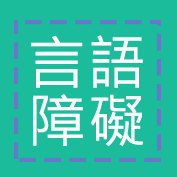



Type II: Learning and Developmental Disabilities
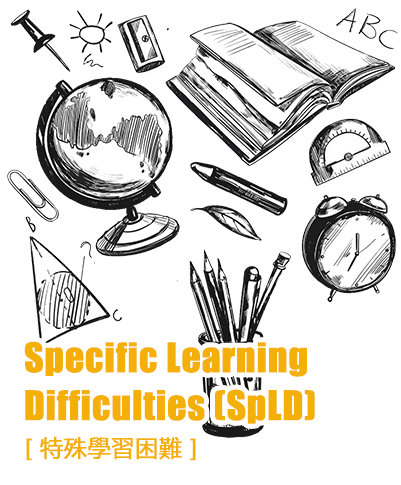
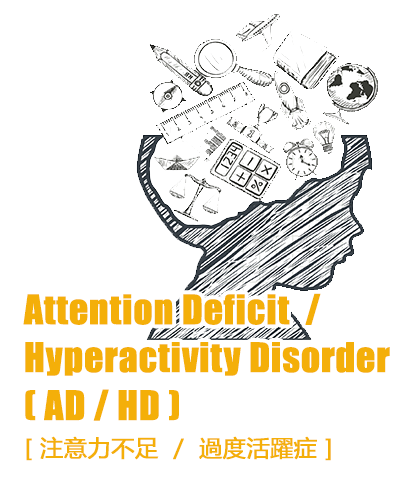
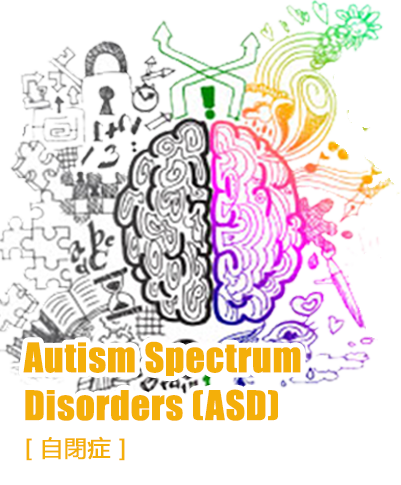
Type III: Mental Illnesses
Mental illnesses (精神病) are health conditions involving changes in emotion, thinking or behaviour (or a combination of these). Mental illnesses are associated with distress and/or problems functioning in social, work or family activities.
Other Disabilities
Visceral disability (器官障礙), chronic illness (長期病患), brain injuries (腦部受傷), and having more than one type of disability are examples of other disabilities. Some SEN students have superior intelligence and learning disabilities at the same time.
